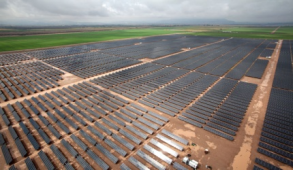Zwy
Solar Wizard
Cost per cycle isn't a particularly good measure, IMO.
Actual energy throughput over the battery's expected period of use is the metric to be dividing the cost by.
How long a period one uses a battery is going to depend on each use case.
But for instance, let's say we look at a decade. It might be longer, it might be shorter.
32 x 280Ah cells is approx 28kWh. If this is off-grid and capacity utilisation averages, say 40%, then
over 10 years the cost per kWh = $6,132 / (28kWh * 365.25 days/year * 10 years * 40% utilisation)
= 15c/kWh
40% utilisation might be high, depends on how much battery you need to cover for periods of low insolation. Lower utilisation increases the c/kWh.
This is why you size a pack to what the usage will be and expected draw during low solar input. I used this https://re.jrc.ec.europa.eu/pvg_tools/en/tools.html#SA for this purpose and also took into account the tilt of PV. The mount I have is adjustable tilt with just a crank to move it according to sun horizon. It cost more but I felt long term it was the best choice. This also allows me to fully utilize battery capacity without excessive storage I may never need.
The thread is really about LFP batteries only and at what price does it make it possible to go off grid, in other words, what price point does it make to add storage capability compared to grid storage (net metering). For that reason, I indicated what my cost per Kw is with my current batteries. If I cycle them daily and use 70% to 80% of the storage in these batteries, I'm still below the cost of Kwh purchased from the grid.Now add the generation cost, redundancy costs, maintenance/upkeep costs....
Yes, total system cost is involved in the overall picture. The question is for those who look at grid tie vs off grid (grid or generator backup optional). That install is really already factored in for PV, mounts, some wiring and some type of inverter. Really, I consider a comparison between the two as a wash. Load reduction or off grid with grid backup is much less for permitting, inspections in many locations. Licensed electrician vs DIY. But really when it comes down to it, the cost on that end is pretty much even.



